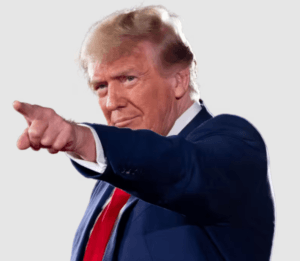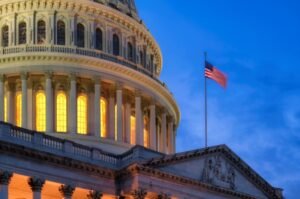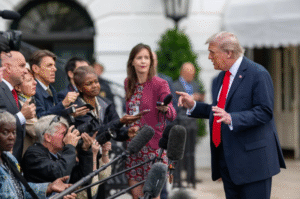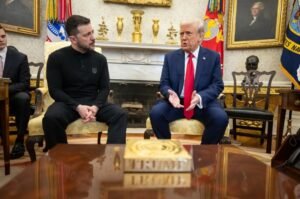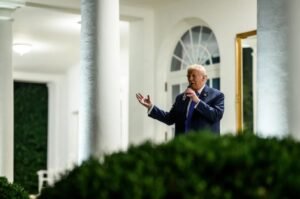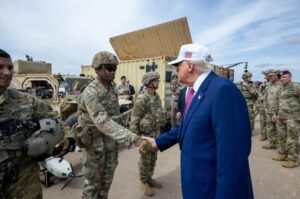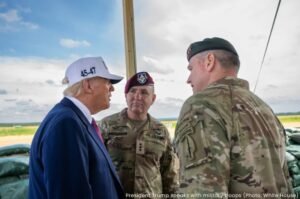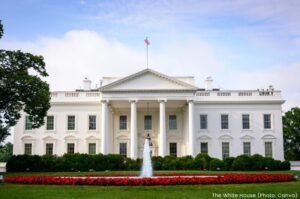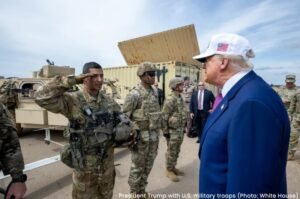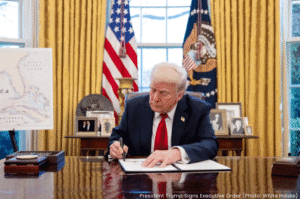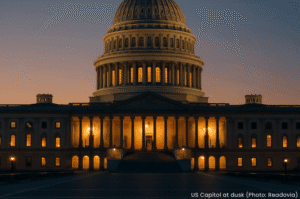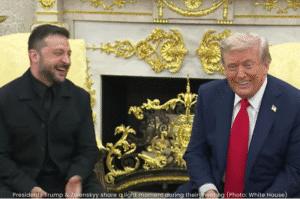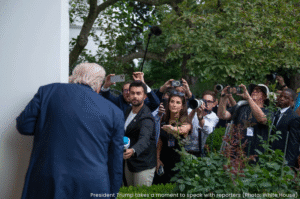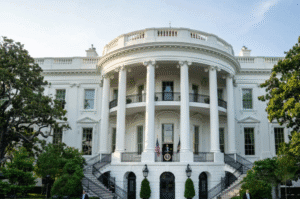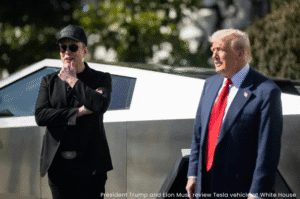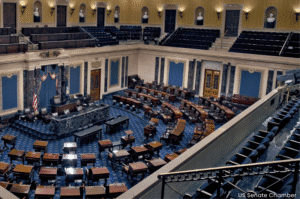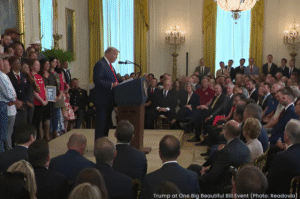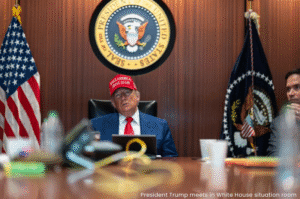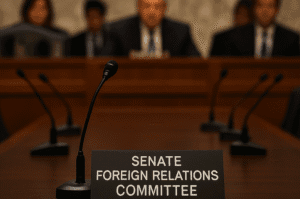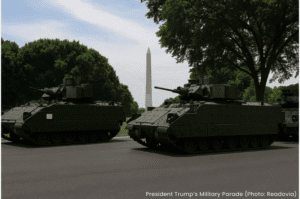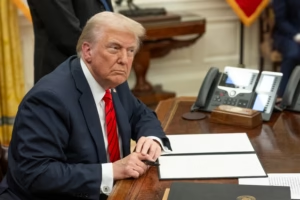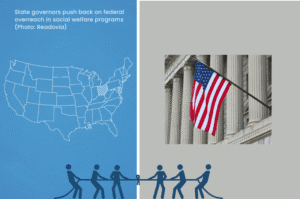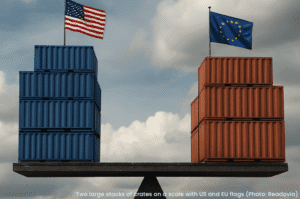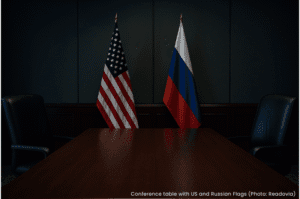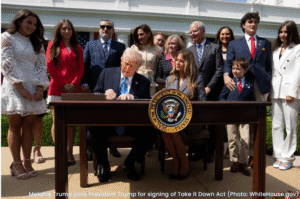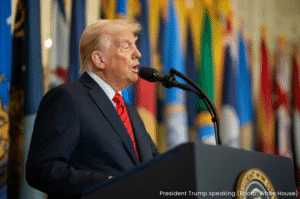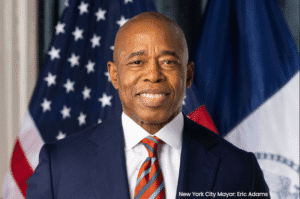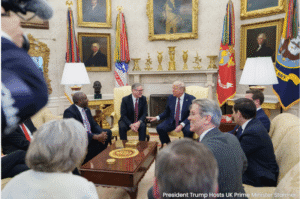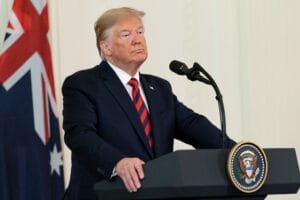The fragile state of U.S.–China trade relations is once again making headlines, as China firmly pushed back Thursday against suggestions that tariff talks were making progress.
In a sharp rebuke, Chinese Commerce Ministry spokesman He Yadong said reports of ongoing negotiations were “groundless” and reiterated that “the U.S. should thoroughly remove all unilateral tariffs” if it truly wants a resolution. The response comes just days after rumors surfaced suggesting the Biden administration might be considering unilateral tariff cuts — rumors that were quickly denied by U.S. Treasury Secretary Scott Bessent.
“This is the equivalent of an embargo,” Bessent said in a press briefing, adding that current tariff levels are simply “not sustainable.” He stressed that progress must be mutual, not one-sided.
Meanwhile, China’s central bank governor Pan Gongsheng sounded a warning on the broader picture, cautioning that geopolitical strains could fuel “high friction, low trust” among global trading partners. He called for greater international cooperation as talks between the world’s two largest economies remain frozen, despite more conciliatory language from former President Trump, who has been vocal about revisiting current tariff policies.
“145% is too high. It will come down substantially,” Trump said, signaling a possible de-escalation if a new agreement can be reached. “I plan to be very nice to China,” he added, noting optimism about the path forward.
But the numbers tell a different story. China has recently hiked duties on U.S. goods to 125%, up from 84%. The U.S., in turn, has imposed what it’s calling a 125% “reciprocal tariff,” plus a 20% tariff tied to the fentanyl crisis, and additional Section 301 tariffs on specific goods ranging from 7.5% to 100%.
While China dominates the spotlight, other tariff battles are brewing. Trump is reportedly eyeing exemptions for some auto parts, after temporarily suspending duties on select consumer tech. The White House has also launched a probe into truck imports — a move that could signal new levies on the automotive sector.
The baseline 10% tariff enacted April 5 remains in effect across all impacted imports.
With markets watching closely, Wall Street’s optimism took a hit Thursday. Stock futures slipped following a strong rally the day before, which had been driven largely by speculation that the U.S. might ease trade tensions with China. That optimism now appears premature.
As both sides dig in, business leaders and global investors are bracing for what could be a long road ahead — one marked by competing demands, tough rhetoric, and an increasingly complex web of tariffs with global implications.




